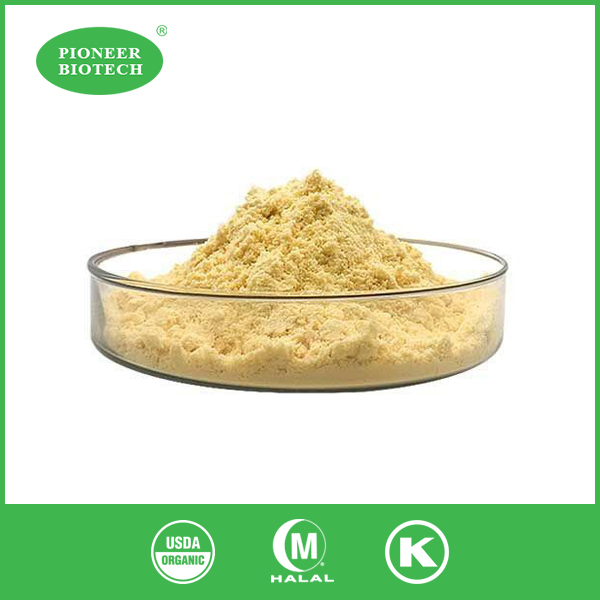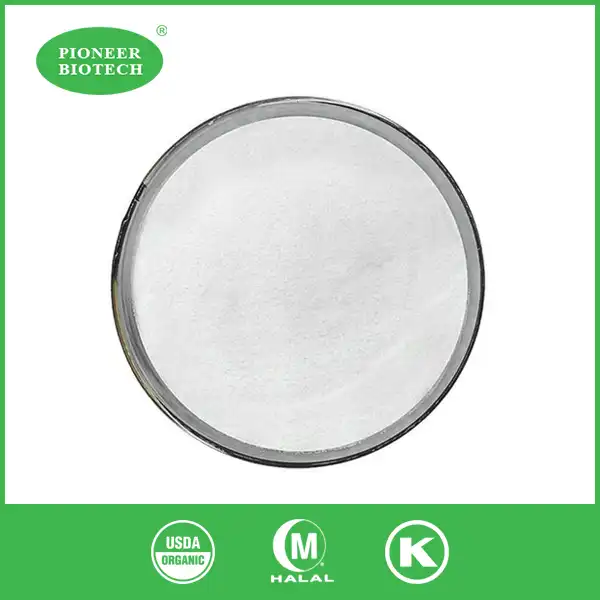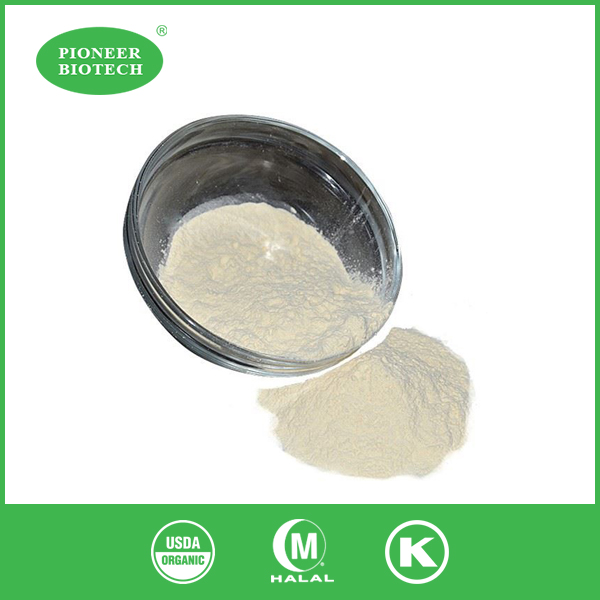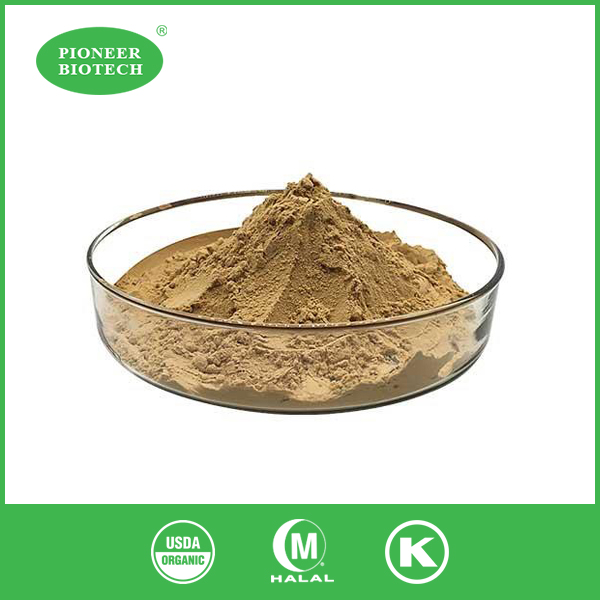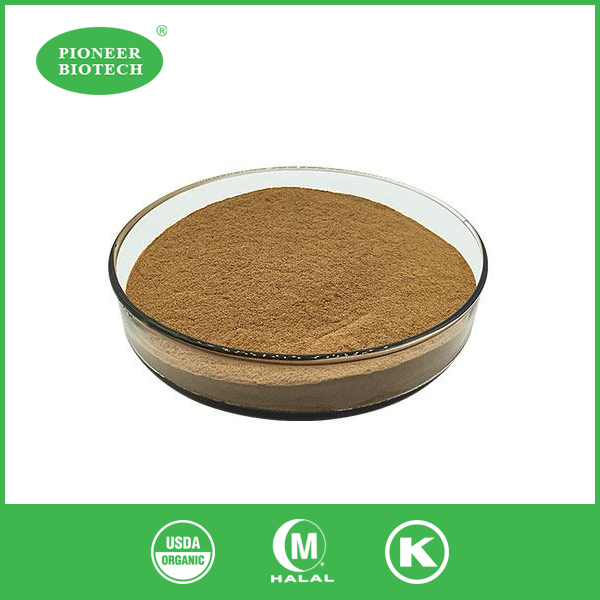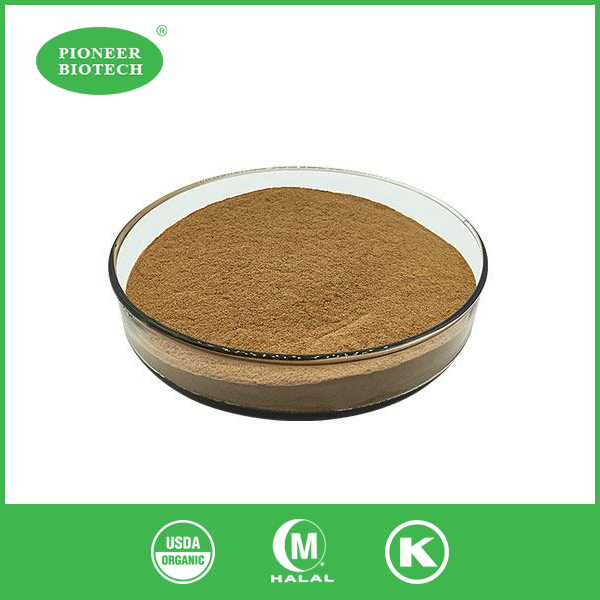What foods are high in galacto-oligosaccharides?
2024-10-17 15:28:46
Galacto-oligosaccharides (GOS) are a type of prebiotic fiber that can significantly benefit our gut health. These complex carbohydrates are not digestible by humans but serve as food for beneficial gut bacteria. As more people become interested in improving their digestive health, understanding which foods contain high levels of GOS can be incredibly valuable. In this comprehensive guide, we'll explore various fruits and vegetables rich in galacto-oligosaccharides and discuss how to incorporate them into your diet.
What Fruits Contain High Levels of Galacto-Oligosaccharides?
While fruits are generally not the most abundant sources of galacto-oligosaccharides, some do contain notable amounts. Here are some fruits that can contribute to your GOS intake:
- Nectarines: These juicy stone fruits provide a modest amount of galacto-oligosaccharides, making them a tasty and refreshing option for boosting your prebiotic intake. Incorporating nectarines into your diet can support gut health and digestion.
- Peaches: Similar to nectarines, peaches contain a small but notable amount of galacto-oligosaccharides. Their natural sweetness and fiber content not only make them a delicious treat but also a valuable addition to a gut-friendly diet.
- Dried Figs: While fresh figs contain some galacto-oligosaccharides, dried figs offer a more concentrated source due to the removal of water content. Their chewy texture and natural sweetness make them an enjoyable snack for digestive support.
- Persimmons: This exotic fruit is not only flavorful but also contains a noteworthy amount of galacto-oligosaccharides. Eating persimmons can contribute to a diverse prebiotic diet, helping to nourish beneficial gut bacteria.
- Watermelon: Although not a significant source, watermelon does provide trace amounts of galacto-oligosaccharides. Its hydrating properties and subtle sweetness make it a refreshing addition to a balanced diet, offering light prebiotic support.
It's important to note that while these fruits contain GOS, the levels are generally lower compared to some vegetables and legumes. However, they can still contribute to your overall intake when consumed as part of a varied diet.
What Vegetables Are Rich in Galacto-Oligosaccharides?
Vegetables, particularly legumes, are among the best sources of galacto-oligosaccharides. Here's a list of vegetables that are notably rich in GOS:
- Chickpeas: These versatile legumes are an excellent source of GOS, making them a fantastic addition to salads, soups, and dips.
- Lentils: Another legume powerhouse, lentils are packed with galacto-oligosaccharides and other beneficial nutrients.
- Red Kidney Beans: These beans are not only rich in protein but also contain significant amounts of GOS.
- Soybeans: Both fresh and processed soy products can contribute to your GOS intake.
- Green Peas: These small, round vegetables are surprisingly high in galacto-oligosaccharides.
- Jerusalem Artichokes: Also known as sunchokes, these tubers are one of the best vegetable sources of GOS.
- Onions: Both raw and cooked onions contain notable levels of galacto-oligosaccharides.
- Garlic: This flavorful vegetable is not only a culinary staple but also a good source of GOS.
Incorporating these vegetables into your meals can significantly boost your galacto-oligosaccharide intake. It's worth noting that cooking methods can affect the GOS content, with raw or lightly cooked vegetables generally retaining more of these beneficial compounds.
How Can I Incorporate More Galacto-Oligosaccharides Into My Diet?
Now that we've identified foods high in galacto-oligosaccharides, let's explore some practical ways to include them in your daily diet:
- Start Your Day with a GOS-Rich Breakfast: Consider adding chickpeas to your morning omelet or including sautéed onions in your breakfast burrito.
- Snack on Legumes: Roasted chickpeas or homemade hummus make for excellent, GOS-rich snacks.
- Incorporate Legumes into Salads: Add lentils or kidney beans to your salads for a protein and GOS boost.
- Experiment with Soy Products: Try incorporating tofu or tempeh into your stir-fries or grilled dishes.
- Make GOS-Rich Soups: Create hearty soups using a variety of legumes and onions.
- Try New Recipes with Jerusalem Artichokes: These versatile tubers can be roasted, pureed into soups, or even eaten raw in salads.
- Use Garlic and Onions Liberally: These flavor enhancers are easy to add to almost any savory dish.
- Include Fruits as Desserts or Snacks: While not as high in GOS as vegetables, fruits like nectarines and peaches can contribute to your overall intake.
- Consider Fermented Foods: Some fermented foods, like certain types of yogurt, may contain GOS or help increase its production in the gut.
Remember, when increasing your intake of galacto-oligosaccharides, it's best to do so gradually. This allows your digestive system to adjust and can help minimize any potential discomfort or bloating that some people may experience when suddenly increasing their fiber intake.
Conclusion
Galacto-oligosaccharides play a crucial role in maintaining a healthy gut microbiome. By including a variety of GOS-rich foods in your diet, you're not only diversifying your nutrient intake but also supporting the growth of beneficial gut bacteria. These bacteria, in turn, can contribute to improved digestion, enhanced immune function, and potentially even better mood and cognitive function.
As you explore the world of galacto-oligosaccharides, remember that individual responses to these prebiotics can vary. Some people may find they need to limit their intake due to digestive sensitivities, while others may thrive on a GOS-rich diet. As always, it's best to consult with a healthcare professional or registered dietitian before making significant changes to your diet, especially if you have any existing health conditions or concerns. If you want to get more information about this product, you can contact us at sales@pioneerbiotech.com.
References
1. Gibson, G. R., & Roberfroid, M. B. (1995). Dietary modulation of the human colonic microbiota: introducing the concept of prebiotics. The Journal of Nutrition, 125(6), 1401-1412.
2. Sangwan, V., Tomar, S. K., Singh, R. R. B., Singh, A. K., & Ali, B. (2011). Galactooligosaccharides: Novel Components of Designer Foods. Journal of Food Science, 76(4), R103-R111.
3. Van Loo, J., Coussement, P., De Leenheer, L., Hoebregs, H., & Smits, G. (1995). On the presence of inulin and oligofructose as natural ingredients in the western diet. Critical Reviews in Food Science and Nutrition, 35(6), 525-552.
4. Macfarlane, G. T., Steed, H., & Macfarlane, S. (2008). Bacterial metabolism and health‐related effects of galacto‐oligosaccharides and other prebiotics. Journal of Applied Microbiology, 104(2), 305-344.
5. Mussatto, S. I., & Mancilha, I. M. (2007). Non-digestible oligosaccharides: A review. Carbohydrate Polymers, 68(3), 587-597.
6. Roberfroid, M. (2007). Prebiotics: The Concept Revisited. The Journal of Nutrition, 137(3), 830S-837S.
